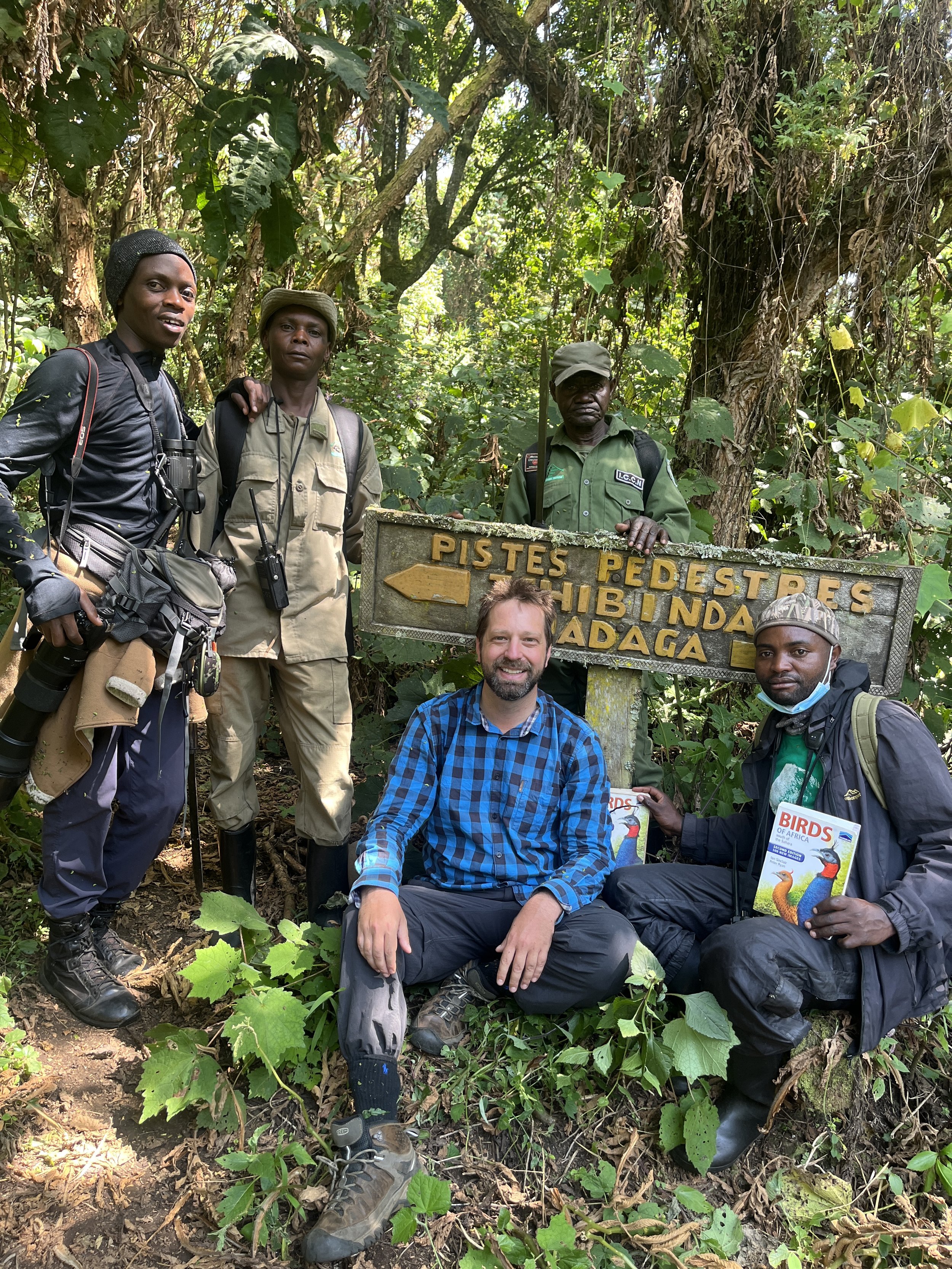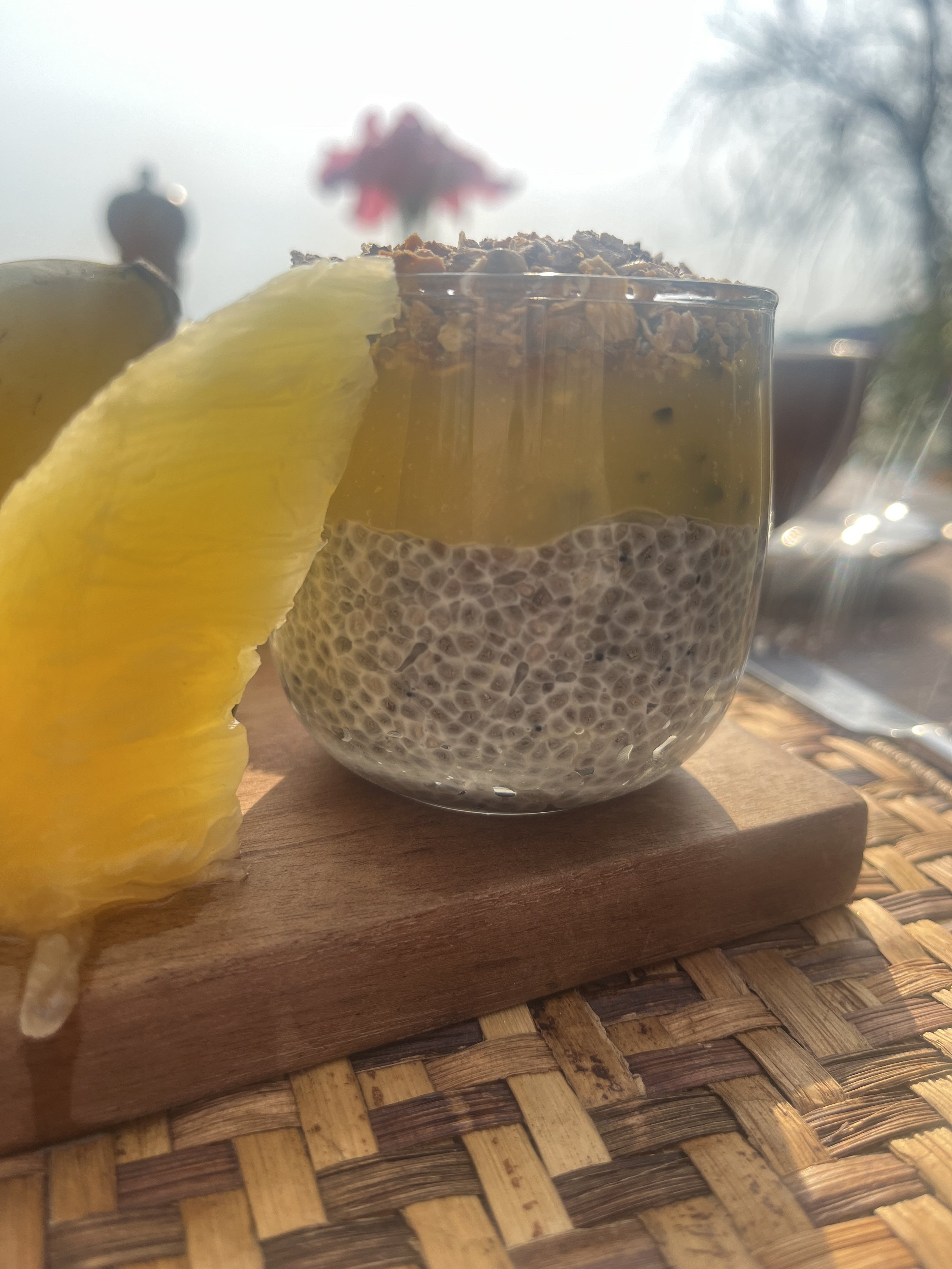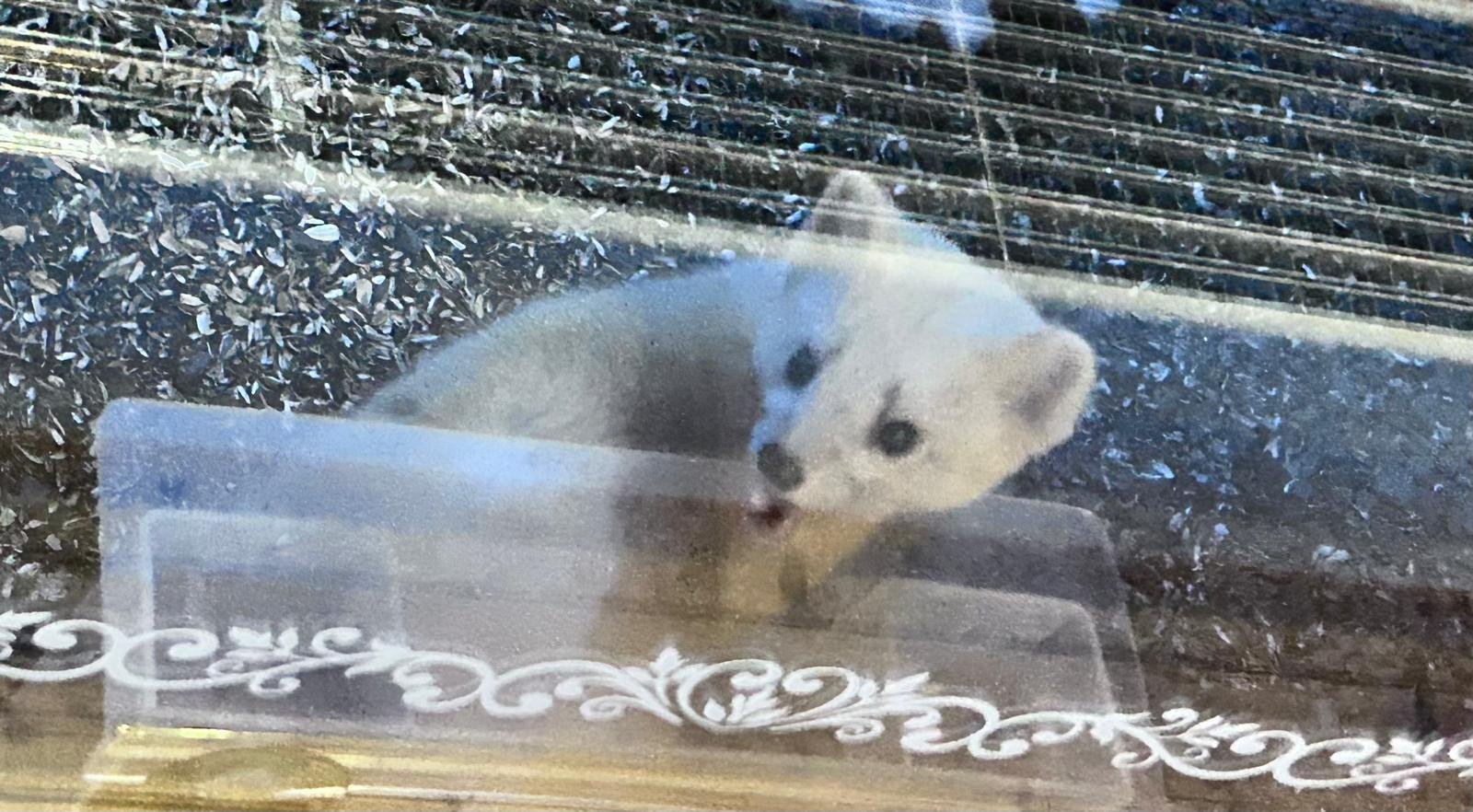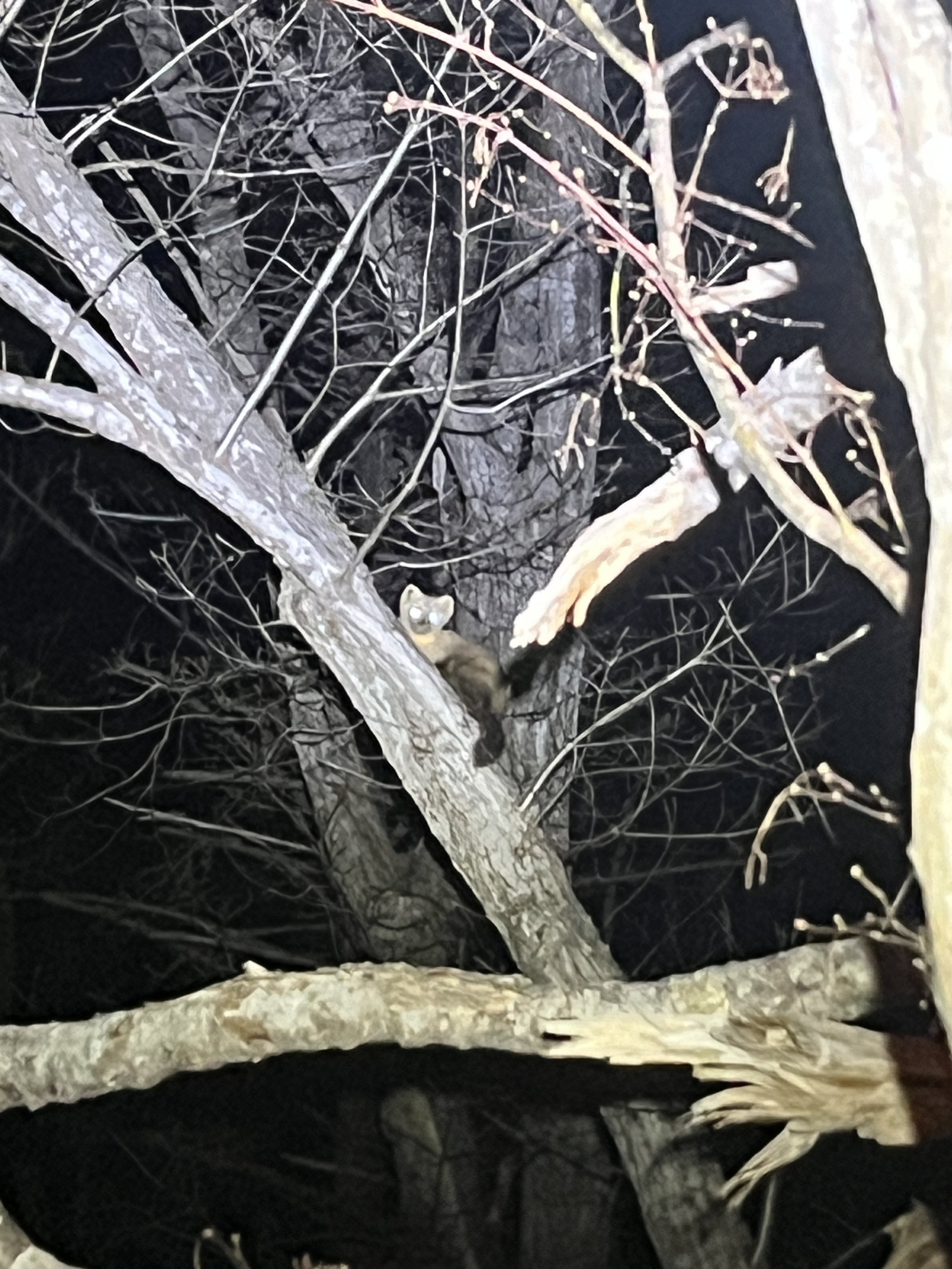I recently got back from a trip that included ten days in Timor-Leste (East Timor). Some of the advice I read in advance of my trip turned out to be wrong, so I though I’d write up my experiences in hopes that the next people to travel there will get more accurate information (hopefully, depending on my memory!)
General Travel Stuff
The only port of entry by air or sea is Dili, the capital, and there are limited flights in and out. It’s frustrating that there are no flights or ferries from the close Indonesian islands. If you wanted to go (legally, anyway) from Wetar to Timor-Leste you’d have to fly via Jakarta or Bali, which is ridiculous. Anyway, upon arrival I had to pay $30USD for a tourist visa, which was a problem because I didn’t have $30 cash, and they didn’t take anything else. One of the customs officers had to accompany me out of the arrivals area, through the terminal, to a row of ATMs by the parking lot to extract $30. Thank goodness one of the ATMs actually accepted my card! (More on that below.) I also had to fill in an Electronic Traveler Declaration (ETD) using one of their computers (they had three set up for the purpose). In theory you can fill in the ETD online in advance, but I tried and the website wouldn’t load.
The other way to enter Timor-Leste is via the land border with West Timor, which is part of Indonesia. There are buses - I saw a couple in Dili - that go between Kupang, the main city in West Timor, and Dili but I don’t know anything about them. Advice online is that you cannot get a visa at the land border, it must be arranged in advance at an embassy or consulate. Apparently the consulate in Kupang can do this.
Dili is not that big, and I walked just about everywhere. When I needed to get somewhere quickly I hailed a taxi, yellow taxis are unmetered and you have to agree on a price in advance, while blue taxis are strictly metered. There are also minibuses that have specific routes but I never had cause to take one.
Outside of Dili, there are buses between the major centres, but I rented a car since animal-finding means getting away from major centres and into the bush. I rented from Mario Island Expeditions, which I cannot find on the Internet but is contactable on WhatsApp at +670 7496 6239. They were excellent in terms of the quality of their cars and their customer service. Expect to pay about $75/day for a small SUV, $100/day for a Hilux, and $120/day for a Landcruiser.
Driving is chaotic in Timor-Leste. I was extremely careful, drove slowly, and watched carefully the behaviour of the vehicles around me. The motorbikes are a particular menace, they tailgate and drive in your blindspots and do all sorts of dare-devil weaving through traffic. If you stop quickly, you’re liable to have at least one motorbike hit you from behind, so do everything slowly, but especially braking.
Counterintuitively, you should drive in the middle of the road. Not the middle of your lane (they ostensibly drive on the left in Timor-Leste), but the middle of the road. The sides of the road are filled with stopped vehicles, children playing, people having chats, and so, so many sleeping dogs. If you divide are road into three lengthwise, you should drive down the middle third, only swerving to your own side when passing oncoming traffic. If you go around a corner, lay on the horn in advance to let anyone who’s coming towards you know to get on their side of the road before coming around the corner.
The quality of the roads is highly variable. I was warned in advance that road quality in Timor-Leste is terrible, but I found that wasn’t universally true. Some roads, such as those in Dili & Baucau and the highway linking them, are just as good as anything in Australia, and I would feel completely comfortable driving on them in a normal, 2WD sedan. Outside of those roads, quality declines until you get to things that, on the map, are main thoroughfares but that turn out to be no more than walking trails through the forest. Those trails were mostly flat, and it was pretty dry when I was there, so I actually didn’t have much of a hard time driving along them with my Landcruiser. What was more of an issue was the road from Los Palos to Lore, which is among the worst roads I’ve ever driven, anywhere. It was steep, uneven, and made up of loose stones. Instead of buses people used dump trucks, with passengers piled up in the bed. I would not drive that road with anything less than a heavy, high clearance 4WD.
Petrol is easy to get around Dili and Baucau, but can be hit-or-miss elsewhere. There were several petrol stations that I passed that were out of petrol. I think shortages can be an issue in the country, so it might be prudent to take a spare jerry can on long, adventurous trips. Lucky for me the Landcruiser I had was equipped with two fuel tanks, which was wonderful until I had to fill up, which was shockingly expensive.
Money is tricky in Timor-Leste. They use the US dollar, so if you’re coming from the US, or somewhere where it’s relatively cheap to get USD, I would recommend bringing all the cash you think you’ll need with you. You can also bring other common world currencies; there is a money changer at the airport and there are probably more around Dili. I changed $1000 AUD at the airport, but it was expensive! There are ATMs all around Dili, but only the Portuguese bank BNU is connected to Visa and Mastercard. Other bank’s ATMs, including ones like Mandiri and BRI that work with international card in Indonesia, are not linked up in Timor-Leste. The only option for accessing your bank account is through BNU. This should give most seasoned travellers pause because in most places your card won’t work with every brand of ATM, even if the ATM is linked up with Visa and Mastercard. In Indonesia I sometimes have to try two or three different ATM brands before I find one that will let me withdraw money, even though all of them are ostensibly linked to Visa and Mastercard. In Timor-Leste, only my Australian HSBC debit card would work with the BNU ATMs; my Canadian RBC debit card was rejected. Timor-Leste is not somewhere I would go without at least an emergency back-up of cash.
Most places I went in Timor-Leste I just camped by the side of the road away from villages, and I didn’t ever feel like it was unsafe. The three places where I stayed in accommodation were Dili, Com, and Atauro. In Dili I stayed in Timor Lodge. I initially chose it because it’s close to the airport, but I really liked it. The “rooms” are actually little villas with kitchens, living rooms, and bed rooms, and there is a really nice restaurant that serves great coffee. The reception staff and at least some of the restaurant staff speak English, which is quite rare. In Com I stayed at the famous Kati Guesthouse, which is almost impossible to find contact information for, but is wonderful to stay at. The rooms were comfy and right on the beach, and the food was delicious, fresh seafood and local produce. Nobody there speaks English, however, so I had Timor Lodge call and book on my behalf. Finally, on Atauro Island I stayed at the gorgeous Barry’s Place, which is a series of beachside cabanas and serves the best food on the island (according to the people from Dili that go to Atauro on day trips). I wish I could have spent more time on Atauro but the limited the plane-and-ferry schedule between Dili and Atauro meant I could only spend one night there.
Having a SIM card is a huge advantage in Timor-Leste because so much communication is done over WhatsApp these days. I used Telemor because it has the best coverage in rural areas. Mobile connectivity also helps with navigation but I would recommend downloading Organic Maps for offline navigation because there are many places without any reception at all.
Language was quite a challenge. I am fairly adept at miming by this point, and that came in handy a lot. Google Translate was a godsend because it has Tetum, the language spoken by most Timorese. English and Portuguese are pretty much useless outside of Dili and, to a lesser extent, Baucau. Unfortunately the Google Translate app does not offer a download option for Tetum, so you must be connected to the Internet to use it. Just another reason to pick up a SIM in Dili before leaving.
Animal Finding
I planned my trip largely based on bird records from eBird and reptile records from iNaturalist. I would suggest looking at those two sources for the latest information on where people have found what. There are five main locations I visited, which I will refer to again and again below. From east to west, the first is the forest around Com, by which I mean the forest along this route. The second is the forest east of the Namulutu River. There I followed what is shown as a road (“Rua Kukulai”) on Google Maps but is actually a sometimes-very-indistinct walking track. There is no bridge over the river, unlike what Google Maps (and Organic Maps) shows. Here is the length of the “road” that I birded. Next is Mundo Perdido, famous for being the only location in the Sundas for pygmy flycatcher. I would not do this without a guide, the terrain is difficult and the trail is nonexistent, but here is my route. If I had more time I would have gone further in to look harder for Timor Imperial-Pigeon. Next are two sites that I collectively refer to as “the hills south of Dili” because they are very close to each other. The first is along the road to the village of Remexio, starting at about -8.620979, 125.642714. The second is close to the Dare memorial, but tricky to find if you don’t know where to go. Start at -8.60700, 125.58066 and follow my route. Finally, all the birds I report from Atauro Island are from a walk I did up a dried creek bed from the village of Beloi to the spring where they get their water. I didn’t track it because I forgot to charge my phone that day, but Barry (of Barry’s Place) arranged it for me.
Mammals
There aren’t that many mammals to look for in Timor-Leste. Well, land mammals at least. The ocean around Atauro Island is becoming rather famous for sea mammals, including blue whales, but the sea mammal season is October-November and I was there in March so I didn’t do any searching for sea mammals. In fact, the tour operators I inquired with about this didn’t even bother to reply to my messages.
In terms of land mammals, most native ones on Timor are bats. I saw large flying foxes (Pteropus vampyrus) most places (except in Dili) at dusk along with a mix of smaller fruit bats and insectivorous bats that I’m unlikely to ever identify. Timor also has both a native cuscus and a native civet, I believe, but I didn’t come across either. Neither are endemic and both are more easily found elsewhere. They also have native long-tailed macaques (Macaca fascicularis), and although these are much more easily seen in Indonesia, Malaysia, and other countries, if they are something you want to see there is a habituated group that is easily seen along the highway east of DIli, here: -8.534271,125.6963621. The spot is conveniently called “Monkey Habitat” on Google Maps.
Birds
For birding, eBird is an excellent resource but, like most places without a large contingent of local eBirders, there are a lot of pretty obviously erroneous records in Timor-Leste. My eBird trip report has a list of all the bird species I saw and a map of all the places I visited, I’ll just add some specific comments below about some of the more desirable birds I was (and was not) able to find.
Timor Cuckoo Dove - Heard only at Mount Mundo Perdido, and I was successful in calling one in with playback.
Slaty Cuckoo-Dove - Heard (and sometimes seen) in several places including the coastal forest around Com, Mount Mundo Perdido, and on Atauro Island.
Timor Green Pigeon - An extremely difficult bird to find anywhere these days. I tried and tried for them around Com but never heard them. I tried and tried and tried for them near the Namulutu River and succeeded, eventually, in calling one in very briefly before it took off again.
Timor Imperial-Pigeon - I tried and tried for them, but couldn’t come up with one. There are lots of records on eBird from Mount Mundo Perdido but I couldn’t find them there. The lowland records for this species on eBird are almost certainly erroneous records of pink-headed imperial-pigeon.
Pink-headed Imperial Pigeon - Common around Com and on Atauro Island.
Pheasant Coucal - Not that hard to find in far eastern Timor-Leste (Lautém Municipality), although they can be tricky to get a good look at. Playing their call (even the call of the Australian subspecies) brings them out and they’ll sit on a fence or exposed branch and call back. The best area for them seems to be the road between Com and Fuiloro, particularly from the turn-off to Parlamento to Fuiloro (this part is on a plateau, the part between Com and the turn-off is the climb up to the plateau). Along this road, which is brand new and in excellent condition, I drove slowly at dusk with my windows down and heard them constantly.
Timor Nightjar - Unfortunately it seems that all the nightjars in the coastal lowlands, including around Dili, are the common and widespread Savannah Nightjar. For the special Timor Nightjar it’s necessary to head into the highlands. I found them only once, in the grassy area next to the road at Mundo Perdido. They probably can be found sitting on the road by driving at night on any of the roads that connect the north and south coasts by transecting the island. Unfortunately, the only one of those roads I had time to drive was the one between Baucau and Viqueque.
Plovers & other waders - On the way to Com there is a salt lake called Lagoa Laram that was packed with plovers when I was there. Unfortunately I don’t have a scope so I wasn’t able to inspect every bird. It would very much be worth going with a scope to try and find some rarities, especially during the October-November migration.
Timor Boobook - My experience with the various Lesser Sundas boobooks that I’ve encountered suggests that they are pretty common in any sort of wooded area. However, I didn’t go looking for Timor Boobook in Timor-Leste because I’d already seen it in West Timor. I did hear it at Mundo Perdido at night.
Cinnamon-banded Kingfisher - Not as common a bird as I was expecting. I saw it only once on Timor, in the forest near the Namulutu River.
Yellow-crested Cockatoo - I had no expectation of seeing this critically endangered species, but I saw one by pure luck near the Namulutu River.
Olive-shouldered Parrot - After failing to find this species in West Timor and barely seeing some flyovers on Rote, I was surprised by how common these were. I saw lots near Dare (altough none at the Dare Memorial itself), and near the Namulutu River.
Marigold Lorikeet - Relatively common. A poacher selling two on the side of the road near Dili, even though they’re protected, was a lowlight of my trip. I remember seeing these near Dare, at Mundo Perdido, and on Atauro Island.
Iris Lorikeet - I didn’t see any in Timor-Leste but I did see one small flock on Mount Mutis in West Timor.
Fawn-breasted Whistler - Common in wooded areas all over the island. I saw them many times, and heard them even more.
Timor Oriole & Timor Friarbird - Common all over. Probably the easiest place to get them is the cafe at the Dare Memorial, where you can look over the tops of the trees below and see them calling from the treetops.
Wetar Oriole - Common on Atauro Island. I played the call in fallow farmland on the edge of Beloi Village and got at least half a dozen calling back.
Green Figbird - I was really hoping to see these in Timor-Leste after failing to see them in West Timor and Rote. They were common in the forest around Com in the far east, and also present in the forest near the Namulutu River. Surprisingly, not so common in the forest in the hills south of Dili.
Island Monarch - Common in scrub on Atauro but appears to be absent from mainland Timor. Also common on Rote.
Timor Cicadabird - I tried and I tried and I tried for it around Com and near the Namulutu River, but I never heard or saw any sign of it.
Buff-banded Bushbird - Apparently common but secretive in the hills south of Dili. Use playback to lure it out.
Tawny Grassbird - I was thrown when I saw these because they responded to the call of Javan Bush-warbler and they lack the black streaks on the back that are so prominent in the Australian race. Common in the hills south of Dili, I didn’t hear them elsewhere.
Timor Stubtail - Common just about everywhere in forest.
Timor Heleia - Common at one spot, near the Dare Memorial. I didn’t see it anywhere else, including in West Timor.
Timor Blue Flycatcher - Common in forest.
Lesser Shortwing & Pygmy Flycatcher - Common at Mundo Peridido, which is the only place I heard it.
Black-banded Flycatcher - Surprisingly common in the hills south of Dili, but it is shy. Responded well to playbacks.
Timor Sparrow - I was very happy to find this species in Timor-Leste after we failed (twice) to find it at the well-known spot in West Timor. I don’t really want to say where I found it because it’s so sensitive to poaching, but I suggest watching for it the entire length of the highway between Dili and Com. Anywhere there are rice fields, particularly mature ones, scan for flocks of sparrows. 99% of what you see will be zebra finches and munias, but there should be some timor sparrows amongst them too.
Mount Mutis Parrotfinch - The one place that these are known from in Timor-Leste is the road near Remexio, in the hills south of Dili. I was lucky enough to see a pair there when Jose Teixeria took me there birding.
Reptiles
There aren’t a lot of reptiles in Timor-Leste, but there are some really good ones.
Macklot’s Python (Liasis mackloti) - I tried hard for these but I was disappointed to find only one dead. By talking to people they seem to be pretty common, and I reckon a few hot nights cruising the road between Com and Fuiloro or the main road on Atauro would produce one. This was my most heartbreaking miss of my trip.
Saltwater Crocodile - Common, so be careful! I saw one at the bridge on the Malahara-Mehara “Road”. Despite showing up as a main road on maps of Timor-Leste, it is not passable by car. Apparently the car-suitable bridge collapsed about eight years ago and it has yet to be repaired.
Olive Ridley & Hawksbill Sea Turtles - I really wanted to see Olive Ridley Sea Turtles, and I was lucky to get to go to a release of babies from eggs that had been protected by Lenuk Tasi, a sea turtle conservation group just west of Dili. I highly recommend going if they’ve got turtles to release when you visit.
Rote Island Snake-necked Turtle (Chelodina mccordi) - Despite the name, it’s also present in Timor-Leste. I never saw a wild one, though I looked from as safe a distance as I could manage in Timor-Leste (the presence of crocodiles makes looking for these difficult). On Rote it is either extirpated or so rare that it can’t be detected. Nonetheless, they have several in little pens waiting for release on Rote, and I highly encourage people to go visit. The tours take place just after dark, which is when the turtles are most active. It is very cheap, only about $10, and the guides I had were really enthusiastic herpers, which was lovely. Anyone looking to go should contact Qinan to set it up. She is very passionate about turtles!
Lesser Sundas Bronzeback (Dendrelaphis inornatus) - These seemed scarce in Timor-Leste and more common at the release site for the snake-necked turtle on Rote Island. The easiest way to find them seems to be when they sleep on vegetation at night.
Peacock Monitor (Varanus auffenbergi) - I looked and looked for these when we were birding on Rote but couldn’t find one. Then I found out they are common at the snake-necked turtle release site, I just needed to be there during the day. Next time!
Timor Monitor (Varanus timorensis) - I didn’t see any in Timor-Leste, but I didn’t look super hard because I’d seen THREE (!) at the timor sparrow site in West Timor. I would recommend not looking in forest for these, but rather in isolated trees in rice fields, which is where I saw my three. They can be seen, although I don’t know how easily, in the trees along Ave. de Portugal in Dili. They can also be seen on trees and buildings in Com.
Tokay Gecko - Common everywhere, including in Dili. Can be heard calling, and sometimes seen, in the daytime even though they are primarily nocturnal.
White-lipped Viper (Trimeresurus insularis) - Common in the lowlands. I saw them at night on the roads around Com and on the road from Los Palos to Lore. The green morph is the most common but I found several yellow individuals in Timor-Leste and on Rote. I didn’t find any blue ones.
Timor Flying Dragon (Draco timorensis) - Seems to be more common in urban areas in West Timor than Timor-Leste for some reason. Maybe it’s just easier to detect there. Look for it anywhere there are evenly spaced out trees. I saw one in urban Kupang, in West Timor, and none in Timor-Leste.
TImor Rainbow Skink (Carlia peronii) - Common in the leaf litter in the forest around Com.
Lesser Sunda Dark-throated Skink (Sphenomorphus melanopogon) - Common around Com and the Namulutu River forest.
Schlegel’s Snake-eyed Skink (Cryptoblepharus schlegelianus) - Harder to find than I was expecting. I only found one, on the rock wall that separates Kati Guesthouse from the beach.
Amphibians
There aren’t many amphibian species in TImor-Leste. I concentrated my efforts with them to the hills and highlands because there is a rare endemic treefrog, the Timor Treefrog (Litoria everetti). However, unfortunately all I was able to find, even at Mundo Perdido and Mount Mutis, were lots and lots of Common Asian Treefrogs (Polypedates leucomystax).
Papuarana elberti - Common at Mundo Perdido and in the highlands of West Timor.



































